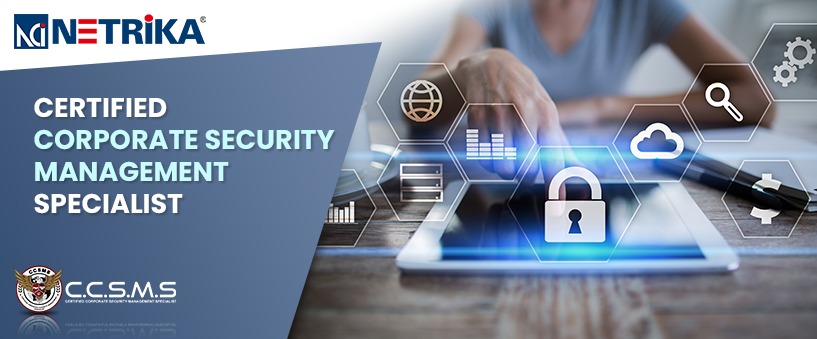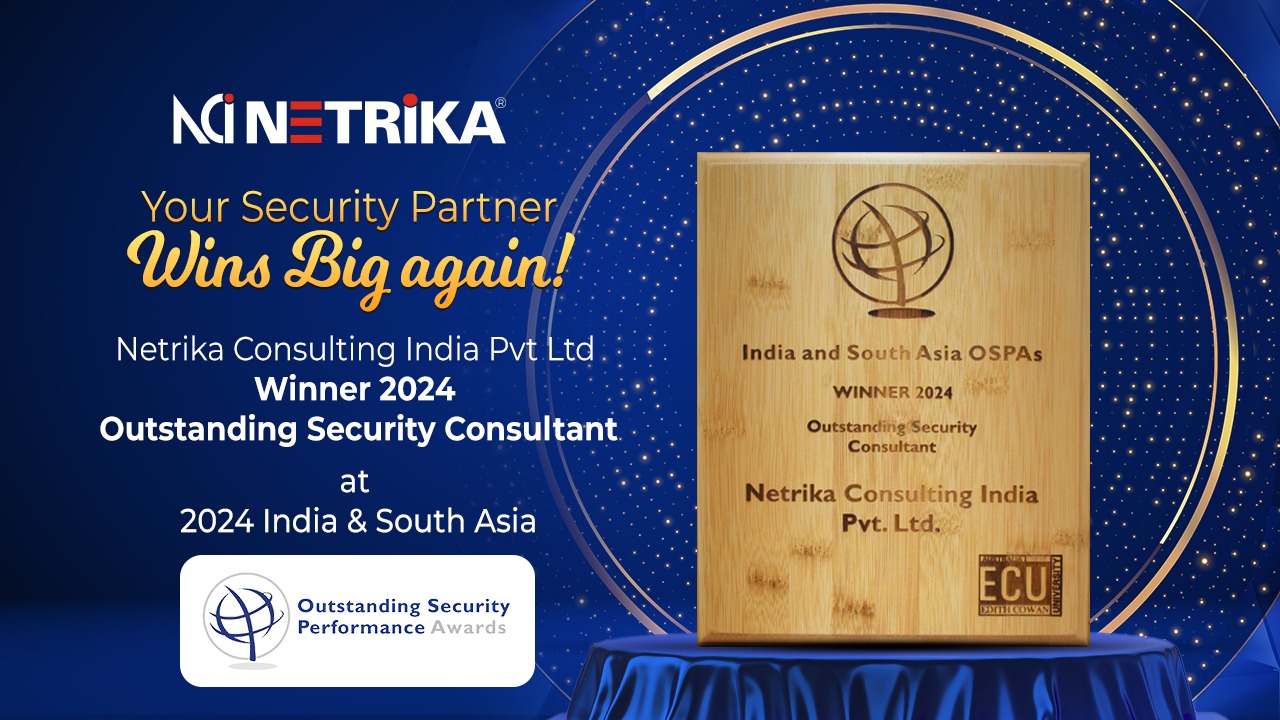News & Events
Top trends in certified corporate management specialist
- October 26, 2023
- Posted by: marketing@netrika.com
- Category: Blogs

With the expanding inclination towards cyberspace, holding an organization’s sensitive information and its reputation is becoming challenging. Cyber-criminals are driving their acts towards a much more victimizing framework of business risks. These threats take the shape of an outsider or your trusted employees and enter the vulnerable spaces in an enterprise to cause potential loss of finances.
This comes to light even more, when business giants fall prey to cyber-security incidents, not to forget the Twitter incident, where the cyber-attackers swindled $121,000 in Bitcoin through a well-coordinated scam.
Considering how these threats enter the most sophisticated systems and networks from the least expected areas, we look into some of the emerging threats in organizational cybersecurity that need a vigilant check:
- Insider threats: The most significant threat enterprises face is their own employees. Even the most trusted employees might intentionally or unintentionally breed vulnerabilities in the form of threats, exposing the company to data leaks. The Cyber insider threat has accelerated its pace due to the under-protected networks and systems deployed in the companies. Moreover, it also contributes to those employees with a fishy background, or even the ex-employees having authorization for an organization’s sensitive information.
- Artificial Intelligence: The complexity of artificial intelligence encompasses the potential risk of being misused by fraudsters to disrupt its security algorithm and challenge even the most sophisticated of systems and networks. Artificial Intelligence is slowly entering every industry, making digital security an even bigger risk.
- Cloud data security: As the global pandemic reduced the population to work from home, companies have shifted their entire data to the cloud. This information shift to a new platform comes with some severe risks like Account Hijacking, planting bugs, and exposure to rogue devices.
- Phishing: Phishing is the weapon of cyber-criminals to steal your personal information and deliver malware into the system and networks.
- IoT: The Internet of Things has given rise to many security threats associated with it. Since IoT is an emerging technology that needs experts to engage in its operations, if IoT is performed with inadequate knowledge or insecurity, it can become a significant reason for network and system security threats.
Leveraging workforce and technology to address the threat challenges in an organisation
The complexity that encircles company data is the use of technology for monitoring, controlling and preventing it from getting stolen by the hands of cybercriminals. A well-defined strategy regulates this process as per the nature of the business.
To get a thorough grip on cloud security, incorporating the below processes offers a security blanket against threats:
- Identify and Access Controls: It is a vital management system for your cloud security services that allows you to control who can access the database. Identify and access controls is one of the data security services provided by the cloud provider enabling multi-factor authentication for the user.
- Encryption: Sharing or storing data over the cloud has its downsides, especially when it is shared over an unsecured network. Encryption adds a layer of security to the data by using an algorithm. This encoded or ciphered information protects the user’s right to protection while using cloud services.
- Firewalls: Cloud firewalls are a blanket of security that thwarts unwanted access to a private network. With the advantage of extensibility, cloud firewalls can be installed in any part of the organization network, and it will filter the traffic entering and leaving that network. This secure cloud service can impede even the most vicious of cyberattacks.
- Intrusion Prevention System: IPS or Intrusion Prevention System detects and prevents unauthorized cyber attempts that can cause potential damage to the network. They work by keeping track of your network normal functioning and monitoring it for any suspicious activity. It thoroughly examines the traffic flow to detect any vulnerabilities.
Certificate course in security management studies serves as a guiding light for the corporate sector to successfully identify and avert threats.
The certified corporate security management specialist course offered by Netrika Consultancy, covers different components of corporate security and risk and crisis management landscape. The techniques taught under the course gives insight into how security manage emergency planning & response, mitigate the risk, contingencies and implement countermeasures.

